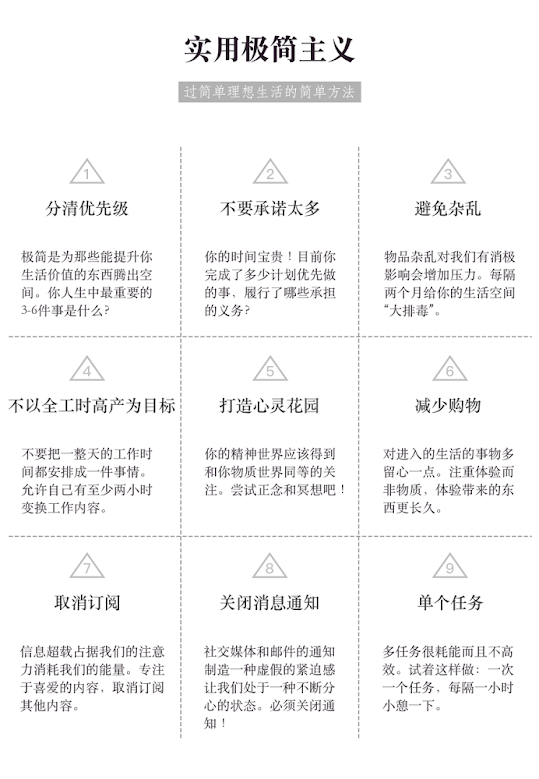Investing in actively managed funds is a bad idea: they only eat up your hard-earned money, while financial mediators make a fortune. Make more of your money by investing in an index fund.
Actively managed funds are expensive and consequently often underperform the market.
Few funds perform well, and there’s no guarantee even those few will continue to do so.
Investors often underestimate the true cost of actively managed funds. Put the majority of your assets in safe, low-cost index funds.
Each index fund comprises an expense ratio that represents management fees and operating expenses. These expenses, though typically totalling less than one percent, can add up in a long-term investment.
Actionable advice: Invest the majority of your assets in an index fund, and if you want to gamble with some of your hard-earned money, then place a small amount in actively managed funds. If, despite what you’ve read you still want to partake in the thrill of risking some money and making fast profits in actively managed funds, bet on no more than 5 percent. You can afford to risk this small amount but absolutely keep the majority of your assets in a safe long-term investment.
The costs of investing in such a fund are very high. As an investor, you’d pay the brokerage commissions, the fund manager’s fees and so forth. All those fees add up to a hefty chunk of your expected profits.
If the funds perform extremely well, you might not mind those costs, but in the long run, actively managed funds are likely to yield you less profit than the overall stock market.
An actively managed fund will generate significantly less profit for you than a passive, low-cost index fund that merely mimics the performance of the overall market. In fact, if you had invested $10,000 in 1980, by 2005 you would walk away with 70 percent less if you invested in an active fund rather than an index fund, due to fees alone!
Investors pay huge fees to funds, deferring to financial experts who have a solid understanding of the stock market. However, despite industry knowledge or expertise, only 24 of the 355 mutual funds that existed in 1970 have outperformed the market consistently and remain in business.
Actively managed funds automatically come with high costs. However, fund managers rarely disclose the dollar amount. Instead, they boast about the high returns but forget to divulge what the investor will really earn after deducting all the performance and portfolio fees.
Surprisingly, that omission occurs often: 198 of the 200 most successful funds in the latter years of the 1990s reported higher returns than the investors actually earned!
Don’t let what you now know about actively managed funds persuade you to keep all your money under your bed. The index fund is your best alternative.
In contrast to actively managed funds, index funds are much more cost-efficient.
By definition, an index fund holds a diversified portfolio that reflects the financial market or a specific market sector. However, instead of betting on the market, index funds hold their portfolios indefinitely, eliminating the risks of making short-term, volatile bets while simultaneously minimizing operating costs.
Because index funds track the performance of all stocks included in the index without betting on individual stocks, they’re also called passive funds.
Since they simply hold shares across particular market sectors, you will not have to bear operating fees for buying and selling shares, financial consultants, or fund management. You will, however, reap the benefits of commercial net returns.
Another advantage to index funds is that they’re likely to outperform actively managed funds in the long-term.
For instance, many Vanguard index funds fees are less than 0.06% per annum. Both funds have expenses below 1 percent, but over longer investment periods like a decade, those tenths of a penny add up.
Since index funds fluctuations follow the overall market, go ahead and choose the fund with the lowest cost structure, knowing that a company’s expense ratio doesn’t equate with its level of performance.













